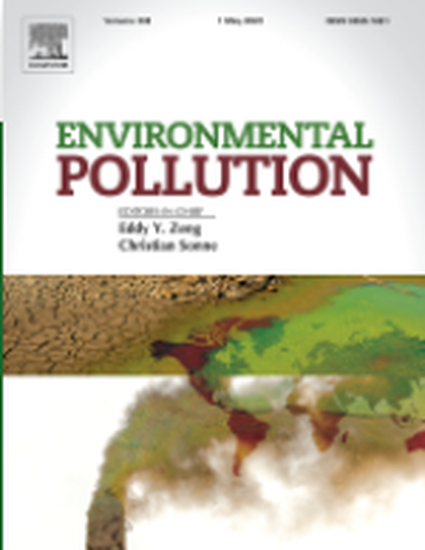
Article
Species-specific Accumulation of Polybrominated Diphenyl Ether Flame Retardants in Birds of Prey from the Chesapeake Bay Region, USA
Environmental Pollution
(2010)
Abstract
Compared to organochlorines, little is known about polybrominated diphenyl ether (PBDE) contamination of birds of prey breeding in the Chesapeake Bay, the largest estuary in the U.S. This study examined and compared PBDE contamination in eggs of osprey, double-crested cormorant, brown pelican and peregrine falcon from this area. Several legacy persistent organic pollutants such as PCBs and DDE were also investigated. The level of urbanization of the landscape appeared to influence the level of PBDE exposure. PBDE congener distribution patterns varied between piscivorous and terrestrial-feeding birds. This suggests individual congeners may be subject to differences in bioaccumulation, biomagnification or metabolism in the aquatic and terrestrial food webs. Biomagnification of PBDEs was studied in the Bay aquatic food chains for the first time. A biomagnification factor of 25.1 was estimated for ΣPBDEs for the fish – osprey egg food chain. Hazard quotients, applied as a preliminary evaluation, indicated that PBDEs may pose a moderate hazard to ospreys and peregrine falcons through impairment of reproductive performance.
Disciplines
Publication Date
May, 2010
DOI
https://doi.org/10.1016/j.envpol.2009.10.042
Citation Information
Da Chen, Robert C. Hale, Bryan Watts, Mark J. La Guardia, et al.. "Species-specific Accumulation of Polybrominated Diphenyl Ether Flame Retardants in Birds of Prey from the Chesapeake Bay Region, USA" Environmental Pollution Vol. 158 Iss. 5 (2010) p. 1883 - 1889 Available at: http://works.bepress.com/bryan-watts/289/
